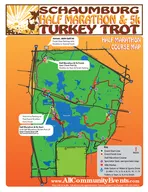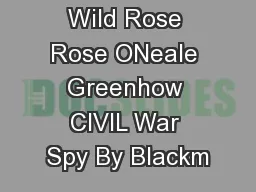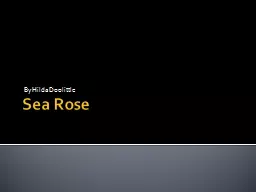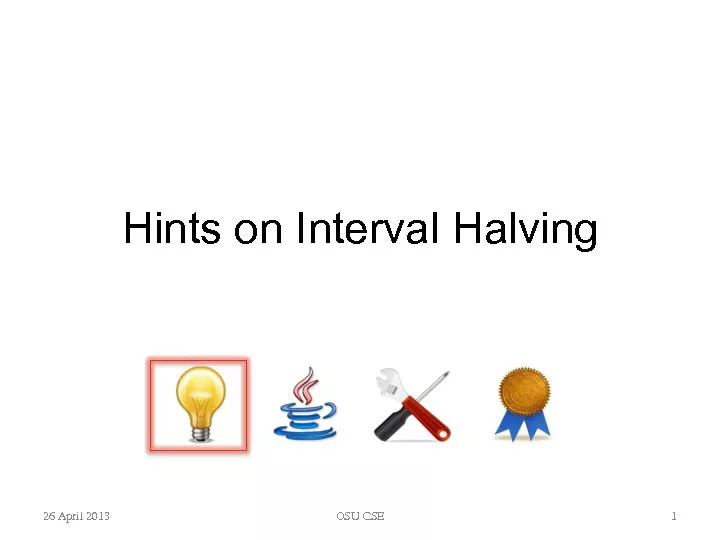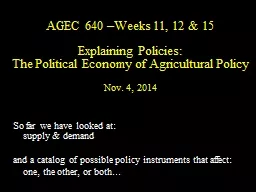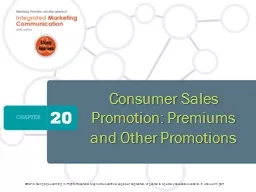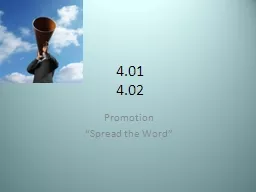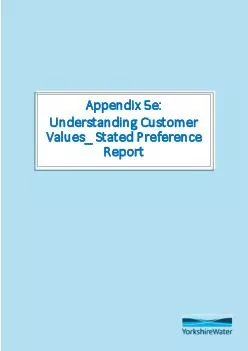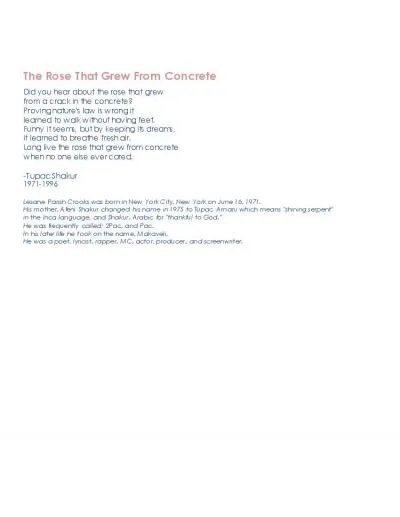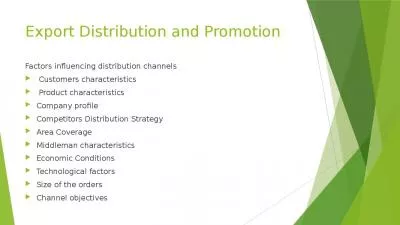PPT-Demand grew after product introduction. Participants’ WTP rose from well below market
Author : tatiana-dople | Published Date : 2019-11-06
Demand grew after product introduction Participants WTP rose from well below market cost in 2017 to about half having WTP at or above market cost in 2018 Product
Presentation Embed Code
Download Presentation
Download Presentation The PPT/PDF document "Demand grew after product introduction. ..." is the property of its rightful owner. Permission is granted to download and print the materials on this website for personal, non-commercial use only, and to display it on your personal computer provided you do not modify the materials and that you retain all copyright notices contained in the materials. By downloading content from our website, you accept the terms of this agreement.
Demand grew after product introduction. Participants’ WTP rose from well below market: Transcript
Download Rules Of Document
"Demand grew after product introduction. Participants’ WTP rose from well below market"The content belongs to its owner. You may download and print it for personal use, without modification, and keep all copyright notices. By downloading, you agree to these terms.
Related Documents


